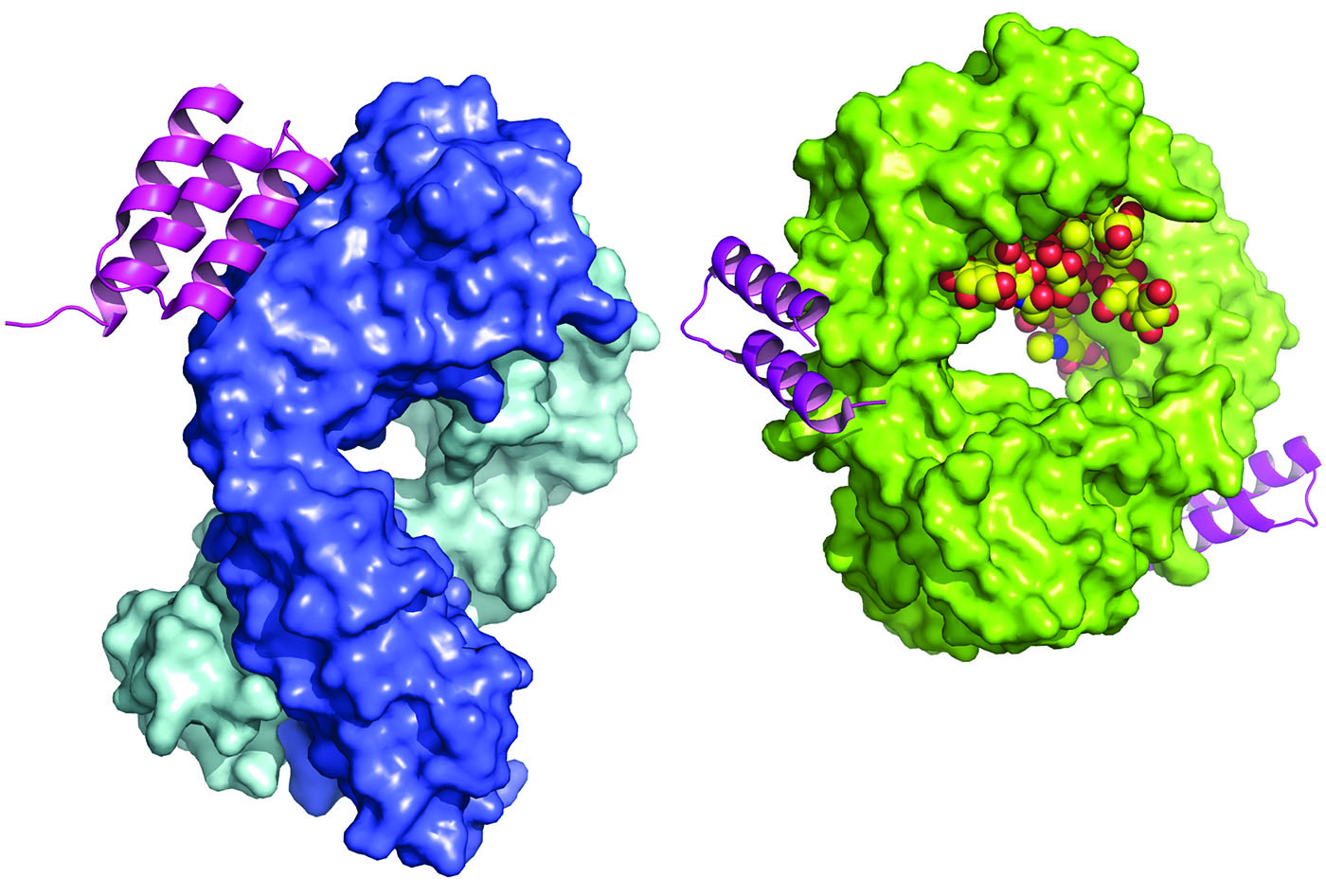What is it?
Currently, wearable patches are used for medical and wellness purposes. They consist of small electronic devices that are applied directly to the skin like a traditional adhesive bandage or patch. Unlike other wearable devices such as smartwatches or fitness trackers, patches are discreet and comfortable for continuous all-day wear.
How do They Work?
The Wearable Patch contain miniaturized electronics, sensors, and wireless connectivity. Sensors in the patch continuously monitor things like heart rate, hydration levels, blood oxygen levels, body temperature, and more. Data from the sensors is sent via Bluetooth to a connected smartphone or other device for viewing and analysis. Patches can provide medical-grade monitoring equivalent to clinical devices.
Healthcare Applications of Wearable Patches
Wearable patches have a variety of healthcare uses and applications:
Heart Monitoring – Cardiac monitoring patches can track heart rate, heart rate variability, EKG signals, and detect irregular heartbeats or arrhythmias. This allows for continuous monitoring of heart health both during daily activities and sleep.
Blood Pressure Monitoring – Patches contain sensors to non-invasively and continuously measure blood pressure without the need for a cuff. This allows for improved diagnosis and management of hypertension.
Chronic Disease Management – Patches can monitor key vital signs and biomarkers for managing chronic conditions like diabetes, congestive heart failure, asthma, and more. This provides clinicians and patients with continuous insight into their condition.
Post-Procedure Recovery – Patches track patient recovery after surgeries and medical procedures. Clinicians can remotely monitor things like incision sites, heart function, pain levels, and more during recovery at home.
Maternal & Neonatal Care – Maternity patches monitor labor progression, fetal heart rates, and maternal vital signs during childbirth. Neonatal patches track infant vitals in the NICU. This improves care and outcomes.
Respiratory Monitoring – Respiratory rate, blood oxygen saturation, lung sound analysis and more can be continuously monitored via patch. This is useful for conditions like COPD, asthma, sleep apnea, and respiratory infections.
Mental Health Monitoring – Patches paired with AI analyze voice tone, stress levels from physiology, activity levels and more to detect changes indicative of depression, anxiety and other mental health conditions.
Remote Patient Monitoring – Patches allow clinicians to remotely monitor patients with chronic conditions from home, reducing healthcare costs. Early detection of health changes via patch data prevents unnecessary emergency room visits or hospital readmissions.
Future Innovations of Wearable Patch Technology
As wearable patch technology continues to advance, future innovations will further transform healthcare delivery:
Miniaturized Sensors – Sensors in patches will become even smaller through micro and nanotechnology. This allows for multi-parameter monitoring with minimal disruption to daily activities.
Integrated Medicine – Future patches will integrate electronic medications and therapeutics for closed-loop disease management. For example, patches that monitor blood glucose and automatically release corrective insulin doses.
Extended Battery Life – Advances in ultra-thin, flexible batteries and energy harvesting technologies will significantly extend the battery life of patches to weeks or months versus days.
Non-Invasive Biomarker Monitoring – New sensory capabilities will allow patches to non-invasively measure biomarkers like glucose, lactate, alcohol, and more through sweat, interstitial fluids or breath analysis.
Artificial Intelligence – Integrating AI and machine learning directly into patches will enable real-time analysis of physiological patterns to detect health issues instantly and predict relapses.
Ubiquitous Connectivity – Upcoming technologies like body area networks and 6G will enable continuous patch connectivity across city-scale areas versus current range limitations.
Customized Therapies – Patches in the future may be customized to deliver tailored drug treatments, electrical stimuli, light therapy, or other individualized therapies based on an individual’s health profile and condition.
As wearable patches continue their miniaturization journey towards becoming an imperceptible part of our daily lives, they will revolutionize healthcare monitoring and delivery to enable preventative, proactive, and precision-based care models. The future of patches is limitless.
Money Singh is a seasoned content writer with over four years of experience in the market research sector. Her expertise spans various industries, including food and beverages, biotechnology, chemical and materials, defense and aerospace, consumer goods, etc. (https://www.linkedin.com/in/money-singh-590844163)
*Note:
1. Source: Coherent Market Insights, Public sources, Desk research
2. We have leveraged AI tools to mine information and compile it



